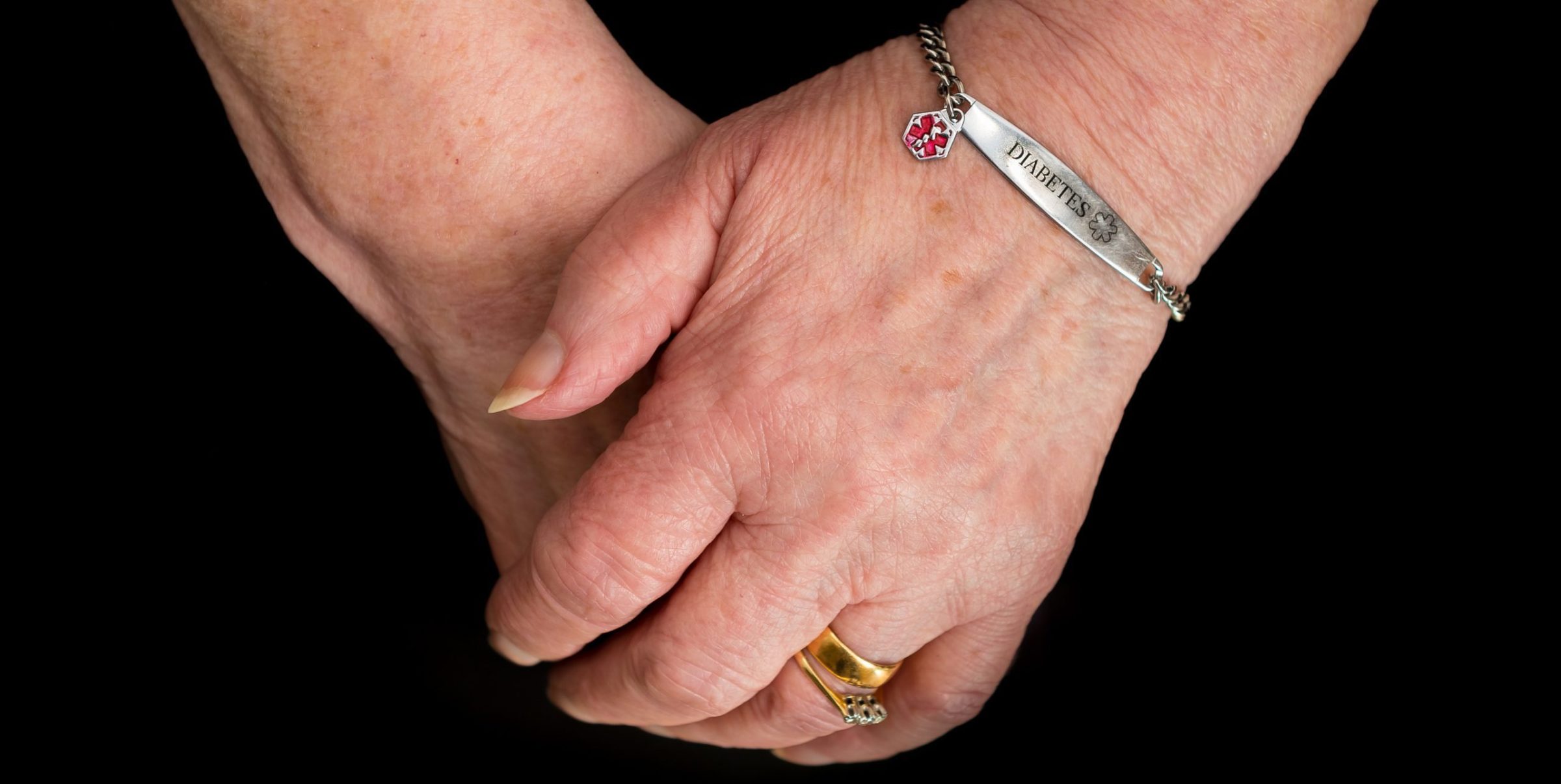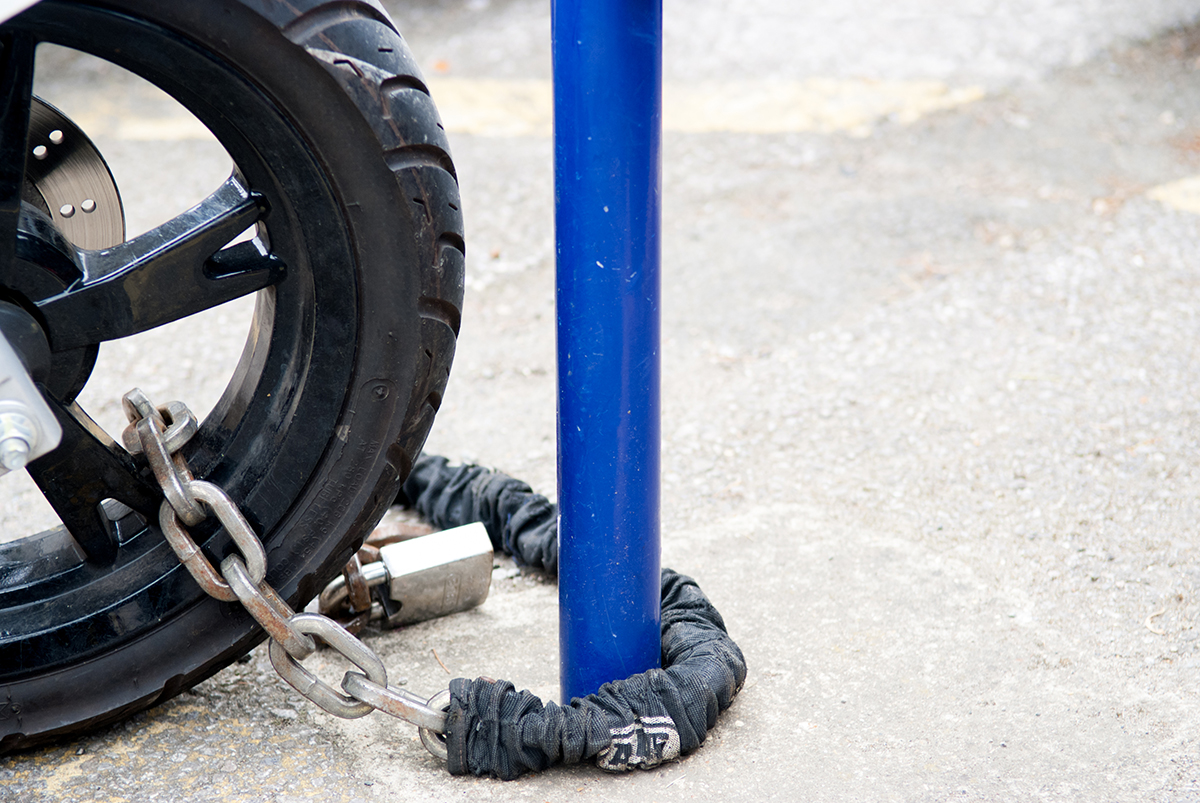The use of medical identification tags dates back to the early 1950s after a child suffered a near-fatal allergic reaction to a tetanus shot – a known allergy that the child had. Since then the practice has spread across the world as a warning to first responders and emergency medical staff to be aware of certain conditions of allergies the patient might have. A medical ID tag may be the only way to communicate these issues and other information if the patient is unconscious, too young, or otherwise unable to relay the information themselves.
However, given that there are no set guidelines for what information should be included or how, there can be confusion or miscommunication if not done correctly. Also, while many medical professionals are trained to look for these tags, they are under no obligation to do so. This is particularly important to keep in mind for where you keep the tag and how obvious it is that it’s an actual medical ID and not just a piece of jewelry.
What Information to Include:
On a bracelet or necklace pendant, space tends to be limited while keeping the information legible. It’s a good idea to consult your doctor to confirm what information should be included, and what the priorities should be.
Chronic medical conditions:
It’s especially important to list any condition that might cause you to be unable to communicate with medical staff or that could be fatal. Common conditions to list include cardiovascular issues, asthma, diabetes, epilepsy, or seizure disorders.
Medical devices:
If you have a pacemaker or implantable cardioverter defibrillator (ICD).
Medications:
Also if you are taking blood thinning medication, listing this could alert first responders that you could be bleeding internally. Diabetics who might be carrying insulin or have it nearby may want to list this as well.
Allergies:
If you’re carrying an EpiPen for certain allergies, this could alert not only medical staff, but bystanders as well if you’re having a severe reaction. Also, if you have an allergy to certain medications, this should be listed to avoid a reaction in an emergency.
Blood type:
Helpful if a transfusion is needed, especially for those with blood disorders.
Communication issues:
With those on the autism spectrum or have other limitations inability to communicate, this will alert emergency staff as to why the person isn’t responding as expected.
Instructions:
Notes with ICE (In Case of Emergency) contact info or to call 911 could be helpful for bystanders. This is common for children and those with severe conditions.
Displaying the Tags in a Helpful Way:
It’s common practice to incorporate the tags into jewelry, as a plain, rectangular piece of metal but it might not be the most fashionable choice. However, it’s important to still make it clear that the piece is not just a style choice.
This also goes for things like wallet cards or information inscribed on the back of a watch. Medical staff may not know to check these areas or could overlook them altogether even if they are searching for the information. The less obvious it is, the more likely first responders are to miss them, and you may not get the care you need.
This is why it’s advised that these tags include the Star of Life with the Staff of Asclepius symbol, as this is a universal sign for Emergency Medical Services (EMS). Choosing a clearly legible font should also be a priority, as they need to be able to be read quickly under less than ideal conditions.
Digital Medical Tags:
This has been a rising trend in the past few years, especially as smartphones have become commonplace. These offer some advantages and disadvantages, as they can provide more information than can reasonably fit on a tag, but also create extra steps for medical staff to go through in order to get the information.
QR codes or NFC tags are one way, these can be scanned by EMS to pull up your information in a database. However, this relies on the particular medical staff to be equipped and prepared to do so, and takes more time than being able to just read the information off a tag.
Bracelets that incorporate USB drives with your medical info have also been used, but health care experts advise against these, as most medical equipment that EMS will have on hand is not designed to accept USB storage devices — either for security reasons or because it just wasn’t part of the specialized devices being used.
From the Perspective of EMS:
It’s important to keep in mind that medical professionals assess your condition in the moment first as a baseline, such as checking breathing, pulse, or consciousness before being able to consider pre-existing conditions.
Remember, the entire point of these medical ID tags is to provide quick information for EMS to be able to do everything they can to save your life. Anything that puts more steps in the way of them being able to do that just makes the information more likely to be ignored or go unnoticed. These are usually high-stress situations, and every second counts.
Before deciding how you want this information displayed, it’s important to run through the situations in which first responders might be called to your aid, and the steps they would have to go through in order to access this information.
Other Health and Safety Tools:
If something does happen, emergency services need a way to get to you in first place, and there may not always be someone around to call for help. Also, some conditions or accidents may cause you to be unable to clearly communicate properly with a 911 responder. With Rescu, you have police, fire, and medical emergency response with just a few taps on your phone.
Medical alert devices and response systems break down the steps needed to get the care on hand that you or your loved ones may need at any given time. In panic situations, the fewer steps that need to be taken means less room for error for everyone involved, from you and your family to the first responders themselves. Find out more about the life-saving Rescu app today, available for IOS and Android.



